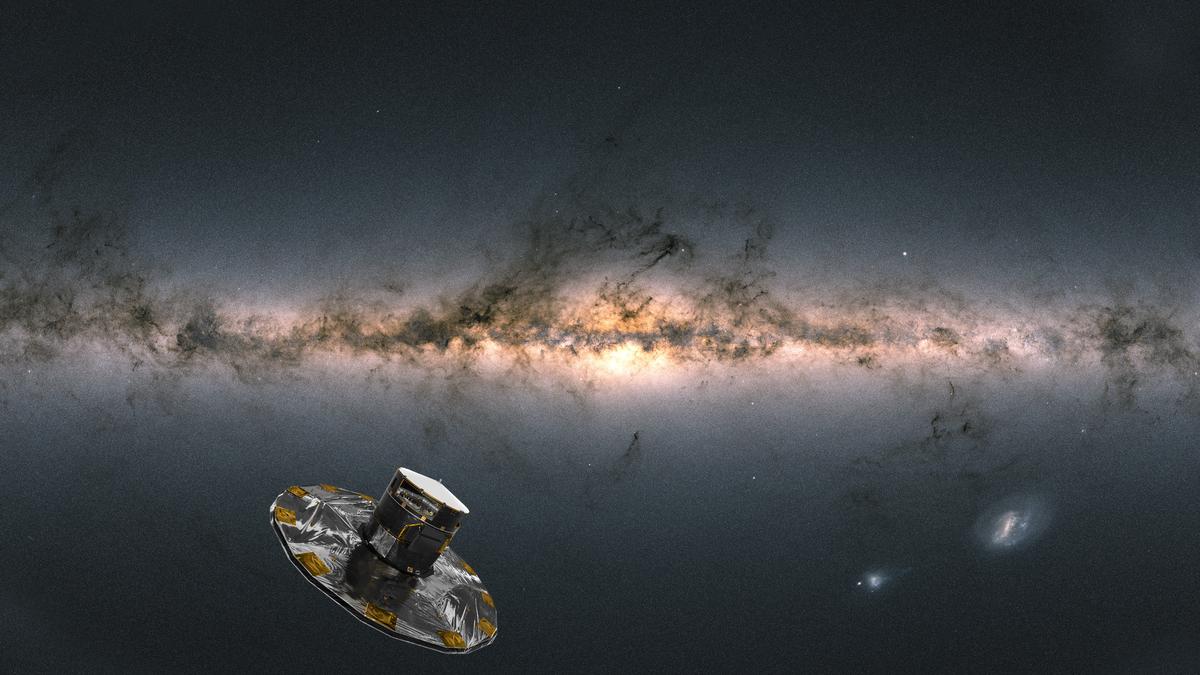
Scans of seemingly empty space reveal black holes not far from earth Premium
The Hindu
Astronomers discover Gaia-BH3, the largest stellar-mass black hole in the Milky Way, 2,000 light years away in Aquila.
Astronomers have discovered a gigantic black hole named Gaia BH3 hiding close to the earth, the third of its kind. All three were discovered by the European Space Agency’s Gaia telescope, which has been constantly monitoring the motions of billions of stars in our galaxy since 2013.
Black holes are fascinating to non-scientists and astronomers alike. They warp spacetime around them such that anything that gets close enough to the centre, even light, can’t escape back to the universe. Yet black holes are still ‘visible’ because of the unique effects they have on their surroundings. As matter swirls around a black hole, it is compressed, heated up, and emits X-rays.
In the Milky Way, there are around a thousand black holes accompanied by X-ray emissions. Cygnus X-1 is probably the most well known.
Of late, the Gaia spacecraft has also been spotting the quiet ones not associated with X-ray emissions.
If a (light-emitting) star orbits a black hole, it will appear from a distance to be orbiting empty space. Gaia projects the star’s orbit on a plane in the sky. Ground-based telescopes meanwhile track how light from the star is shifted by the Doppler effect to reveal its motion along our line of sight, which is perpendicular to the plane of the sky.
Putting these observations together, astronomers can determine the orientation of the star’s orbit in space and based on that estimate its mass and then the mass inside the ‘blank’ space.
When a sufficiently massive star dies, a black hole forms. The star’s death may happen as a violent supernova explosion or a more prosaic collapse. Most supernova explosions leave behind neutron stars rather than black holes, but neutron stars can have no more than about three solar masses.





















 Run 3 Space | Play Space Running Game
Run 3 Space | Play Space Running Game Traffic Jam 3D | Online Racing Game
Traffic Jam 3D | Online Racing Game Duck Hunt | Play Old Classic Game
Duck Hunt | Play Old Classic Game











